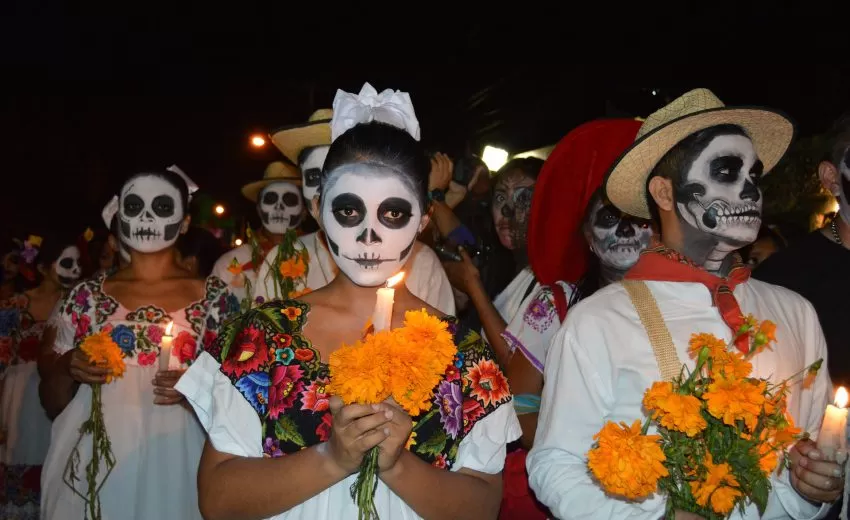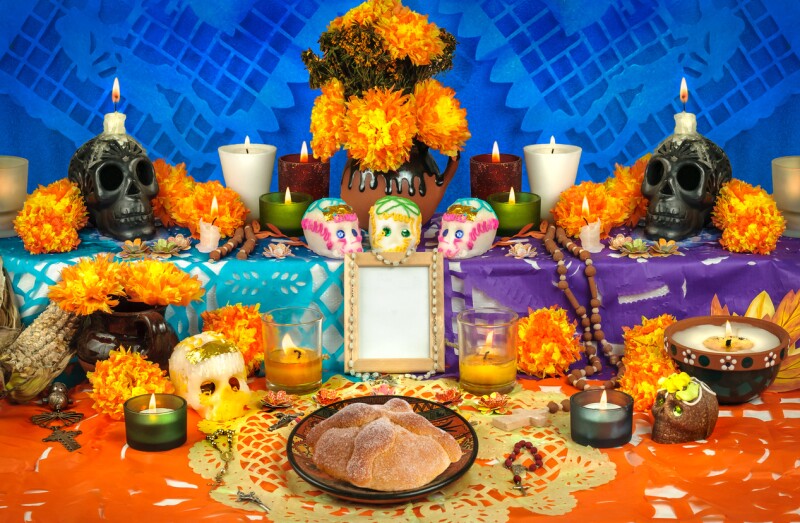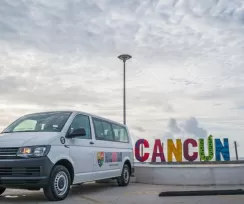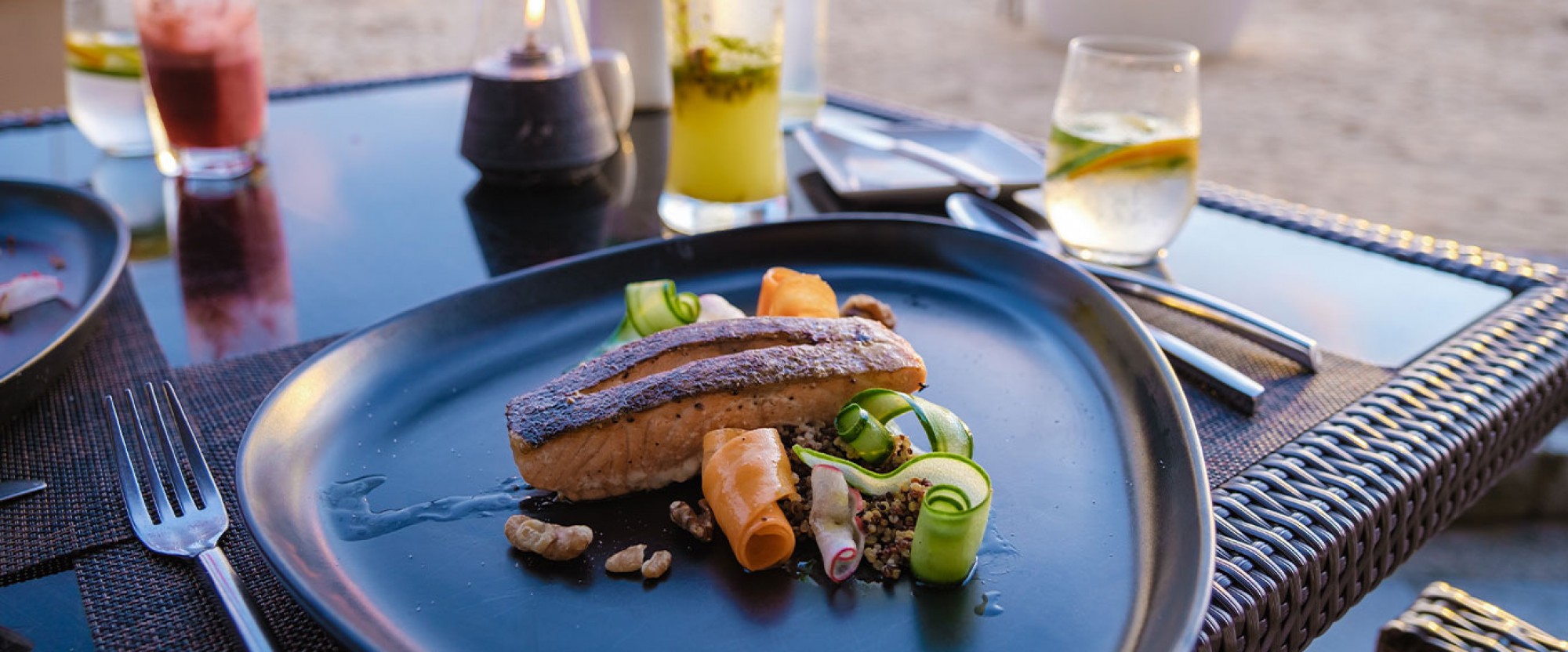The Day of the Dead Celebration

Tradition
The Mexican celebration, Día de Muertos (Day of the Dead), is a time when families gather to honor and remember deceased loved ones. It is believed that the souls of the dead return to visit the living families in homes, businesses and cemeteries. The Aztec honored their dead with fiestas and rituals during the harvest season. They viewed death as the beginning of the cycle of seasons and life. In Mexico, the day of the dead is celebrated for two days on November 1, called All Saints Day, is when the children's spirits arrive and on November 2, the Day of the Dead, is when adults arrive. It is common for the first day to light a candle and place a white flower; the next day another candle is added and a glass of water is offered. By day 30, a new candle is lit, another glass of water is placed and a white bread is put on; the next day the seasonal fruit is placed (tangerine, guava, orange, apple, tejocote). For the first of November, the sweet food, the chocolate, the pumpkin in tacha, and the flowers are put. On the main day, the favorite food of the deceased, tequila, mezcal and beer is placed. The element that is not missing on any of these days is the copal on.
Altars
Traditionally altars have levels, and depending on family customs, two, three or seven levels are used. The two-level altars, the most common today, represent the division of heaven and earth; those of three levels represent heaven, earth and the underworld, although they can also be referred to as the elements of the Holy Trinity. The traditional is the seven-level altar, which represents the levels that the soul must go through in order to reach the place of its spiritual rest. Each step is covered with tablecloths, confetti, banana leaves, palm kernels and tule petates; Each step has a different meaning. In the highest place the image of the saint of devotion of the family is placed; the second is destined to the souls of purgatory; the salt is placed in the third, a symbol of purification; in the room the bread, which is offered as food and as consecration; in the fifth the fruits and the dishes preferred by the deceased are placed; in the sixth the photographs of the deceased to whom the altar is dedicated and finally, in the seventh, in contact with the earth, a cross formed by flowers, seeds or fruits. Each element placed on the altar has its own meaning and importance. Copal and incense represent the purification of the soul, and it is its aroma that is able to guide the deceased towards their offering. The arch, made with reed and decorated with flowers, is located above the first level of the altar and symbolizes the door that connects the world of the dead; It is considered the eighth level that must be followed to reach the Mictlan. The confetti and its colors represent purity and grief, are currently adorned with skulls and other elements of popular culture; In pre-Hispanic times, amate paper was used and different deities were drawn on it. Through the candles the fire is present, which is offered to the souls to light their way back to their abode. It is customary that four candles be placed, representing a cross and the cardinal points, but also in some communities, each candle represents a deceased, so the number of candles will depend on the souls that the family receives. 
Offers
The bread of the dead, has a double meaning. On the one hand, it represents the cross of Christ; on the other, the strips on the bark represent the bones and sesame, the tears of the souls that have not found rest. The cempoalxochitl flower, the cloud and the turkey mucus are the flowers that decorate the offerings and cemeteries; Like copal, it is believed that its aroma attracts and guides the souls of the dead. The sugar, chocolate and amaranth skulls, as well as other alfeñiques, allude to death and somehow make fun of it, being customary to write the name of the deceased on their foreheads. It is also customary to place a sculpture of a dog Xoloizcuintle, which will help souls to pass the Chiconauhuapan river to reach the Mictlan; In addition, it also represents the joy of deceased children.  The Day of the Dead celebration varies from region to region, from town to town, but they all have a common principle: the family gathers to welcome the souls, place the altars and offerings, visit the cemetery and arrange the graves , attend religious offices, say goodbye to visitors and sit at the table to share food, which after the offering has been lifted, has lost its aroma and flavor, since the dead have taken their essence. You can book this unique and amazing experience with us: Day of the Dead
The Day of the Dead celebration varies from region to region, from town to town, but they all have a common principle: the family gathers to welcome the souls, place the altars and offerings, visit the cemetery and arrange the graves , attend religious offices, say goodbye to visitors and sit at the table to share food, which after the offering has been lifted, has lost its aroma and flavor, since the dead have taken their essence. You can book this unique and amazing experience with us: Day of the Dead








